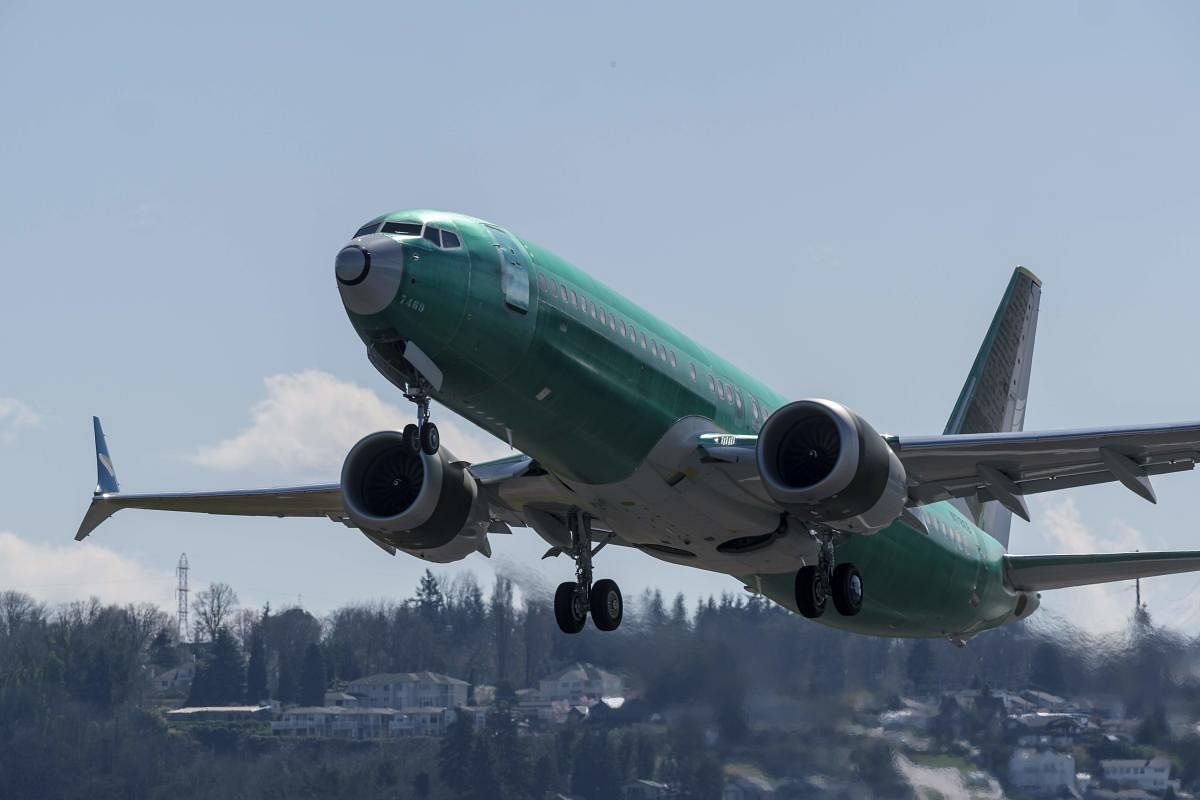When Boeing developed their latest-generation B737-Max, to keep their half-century old best-selling single-aisle airliner contemporary, they introduced new technology that was not available on earlier variants to enhance its air safety. It was called the Manoeuvring Characteristics Augmentation System (MCAS) — software for the automated flight control system.
It was designed to make the controls of the B737-Max feel like those of the earlier-generation B737 NG (New Generation). It also had another purpose. Should the aircraft’s forward speed fall below its stall speed — the speed below which it would no longer be able to sustain controlled flight and would crash — the MCAS would automatically push down the tailplane (the horizontal stabiliser, in technical parlance). That, in turn, would give the aircraft a nose-down attitude, and help it to recover speed well beyond the stall speed.
That sounded great, at least in theory. However, it did not take into account the glitches and gremlins that can come to haunt new technology developments. Then, things began to go wrong. A number of Boeing 737-Max pilots reported that their aircraft developed a nose pitch-down problem for no apparent reason.
The pilots struggled with their controls to bring their aircraft back to normal, straight-and-level flight. During those see-saw battles, the aircraft alternated between nose-up and nose-down attitudes and sharp changes of altitude as the aircraft alternately climbed and descended. It must have been a traumatic experience for the pilots –- and even more so for passengers. Some pilots are said to have solved that problem by switching off the autopilot. However, for long-range flights, an aircraft always “flies itself”. For a pilot to take over full hands-on control, probably for hours, may not have been a good option. In any case, it was the lesser evil.
Sadly, during all that time, Boeing did not give the pilots any additional training to be able to handle that aircraft and did not publish any bulletins on how to deal with such emergency situations. Neither did the pilots’ flight manual brief them on what they could expect when flying the B737-Max. In short, there was a tragic failure of communication.
Boeing did finally issue a bulletin on November 6, 2018. Sadly, that was only after the crash of Lion Air Flight JT-610 in Indonesia a week earlier, killing 189 people. The belated action did not prevent the crash, about five months later, on March 10, of Ethiopian Airlines Flight ET 329, with the loss of another 157 lives. It would be worth finding out why that second crash occurred even after Boeing had issued the bulletin. Ethiopian is no banana-republic airline. It is the pride of Africa and has an enviable safety record. The ill-fated flight had been commanded by a very experienced commander.
Rogue MCAS
In the investigations that followed, the contents of the crashed aircraft’s Flight Data Recorders and Cockpit Voice Recorders were carefully studied and analysed. The needle of suspicion unambiguously pointed to the MCAS. Earlier, a satellite-based system that had tracked these flights had also revealed sharp changes in aircraft pitch angles (the angle that an aircraft wing makes to free-flow air is called the “angle of attack”). These changes in pitch had led to sharp fluctuations in altitude.
These investigations confirmed that the two aircraft had crashed for the same reason — the rogue MCAS, which had received wrong data inputs from the angle of attack sensor. Both aircraft had been very new, had developed the problem within minutes of take-off, had the same type of altitude fluctuations, and neither aircraft had any survivors. There is another worrisome thing. Ethiopian Airlines claim that they had flown their B737-Max aircraft for well over 1,000 hours after the start of services without experiencing any problems. Why did the MCAS problem occur suddenly on Flight EJ 302 on March 10?
That is not the end of this story either. The highly respected US Federal Aviation Administration (FAA) had been about the last agency in the world to ground the B737-Max — after two crashes had snuffed out some 350 lives. It is now revealed that the FAA had an undesirably cosy relationship with Boeing, and had allowed Boeing considerable leeway in the safety clearance of their own aircraft. The US Transportation Department’s decision to launch a probe into this could lead to more shocks.
Fortunately for Boeing, only about 400 B737-Max aircraft have been produced to-date. And most airline customers have received only a few of this aircraft type so far. While some airlines may even cancel their orders for this aircraft, their numbers are likely to be small. The compensation to Lion Air and Ethiopian Airlines, and to the relatives of those who died, may not exceed $1-2 billion.
However, these may be the least of Boeing’s problems. Boeing continues with full production of that aircraft, at over 50 aircraft a month, as a stoppage of production would cause an unmanageable disruption. However, they have had to suspend deliveries of the aircraft as no airline will accept them till Boeing satisfactorily rectifies the flaws. Thus, Boeing will not receive payments till the completed aircraft are delivered to, and accepted by, their customers.
Boeing has to spend heavily to produce these aircraft, for which the total order book stands at about 4,700 aircraft. This outflow of funds, on the one hand, without any comparable inflow on the other, may not be sustainable for long. Thus, much depends on how rapidly Boeing can develop the software ‘fix’. Boeing claims it can do it in a matter of weeks. Some analysts expect it to take as long as three years to bring this crisis to a satisfactory end. That could hit even a cash-rich juggernaut like Boeing very hard. This turn of events has tarnished Boeing’s image.
(The writer is an aerospace industry analyst and author of “Civil Aviation in India: Challenges and Prospects”)
(The Billion Press)
